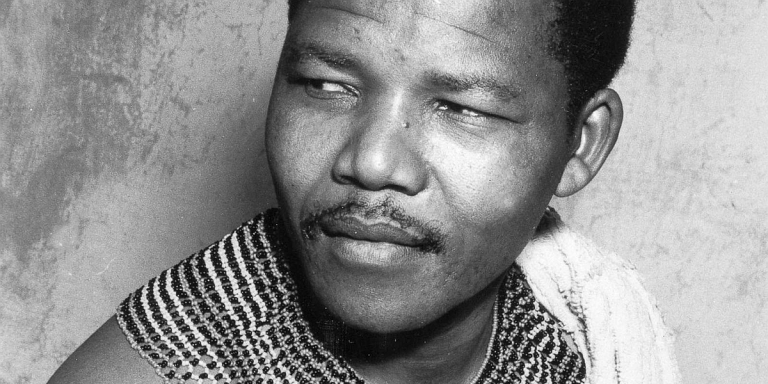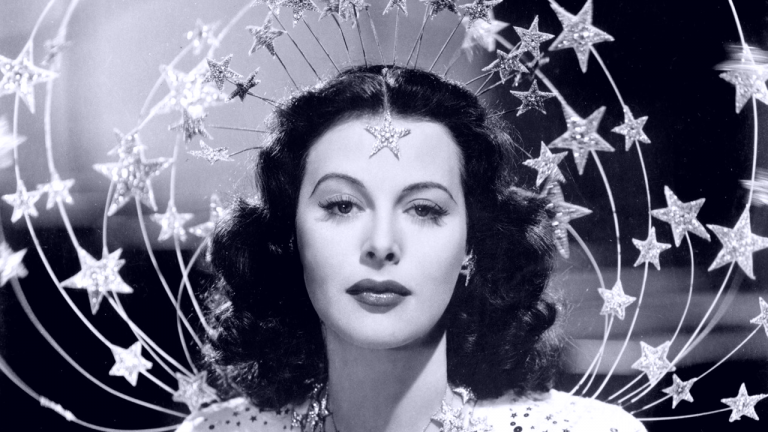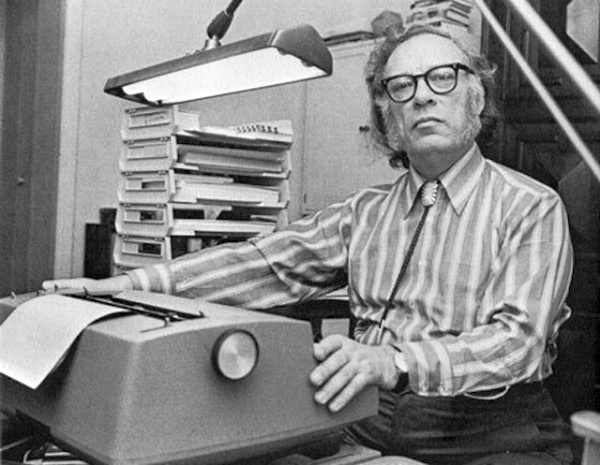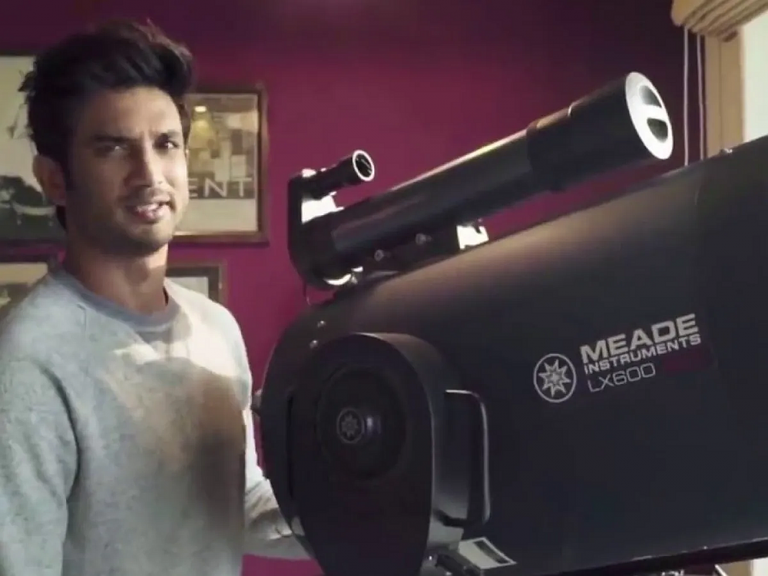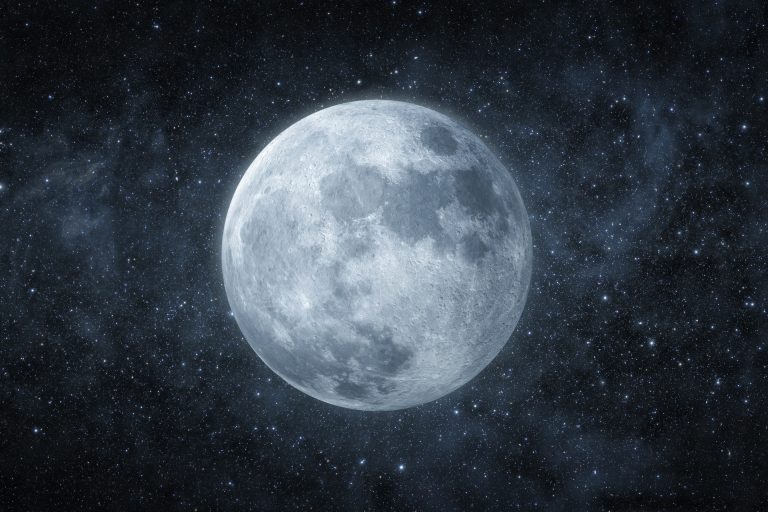Vikram Ambalal Sarabhai, Ph.D. (12 August 1919 – 30 December 1971) stands as one of India’s most influential physicists and industrialists, lauded for his instrumental role in establishing the Indian space program.
For his accomplishments, a crater on the Moon, located almost directly in the centre of the Sea of Serenity, was named in his honour. On 30 July 2020, the Chandrayaan-2 mission, launched by the Indian Space Research Organisation – which Dr. Sarabhai helped establish – imaged Sarabhai Crater on the Moon.
Early Life and Education
Born on 12 August 1919, in Ahmedabad, India, Sarabhai belonged to a wealthy family involved in the textiles industry. However, it was his early exposure to science and a nurturing home environment that laid the foundation for his passion for physics.
Vikram’s academic journey took him abroad. After completing his intermediate science studies at Gujarat College in Ahmedabad, he sailed to England in 1937 and joined St. John’s College, University of Cambridge. He received his Tripos in Natural Sciences in 1940.
But his further studies were interrupted by World War II, leading him back to India. Upon his return, he researched cosmic rays at the Indian Institute of Science, Bangalore, under the guidance of Dr. C.V. Raman. With the war’s end, Sarabhai returned to Cambridge in 1945 and earned his doctorate in 1947, with a thesis on cosmic ray investigations.
Scientific Career and Contributions
Returning to an independent India in 1947, Dr. Sarabhai was driven by a vision. Recognizing the potential of space technology, he worked diligently towards the establishment of the Indian National Committee for Space Research (INCOSPAR) in 1962, which would eventually evolve into the Indian Space Research Organization (ISRO) in 1969.
One of the earliest accomplishments was the establishment of the Thumba Equatorial Rocket Launching Station (TERLS) in Kerala. With the cooperation of global space agencies, this facility served as the groundwork for India’s satellite launching endeavors.
ISRO’s successor facility to TERLS in Thiruvananthapuram, Kerala, was named the Vikram Sarabhai Space Centre (VSSC) in his honour, and ISRO’s Chandrayaan-2 and Chandrayaan-3 Moon landers were each dubbed “Vikram” as a sign of respect for Dr. Sarabhai.
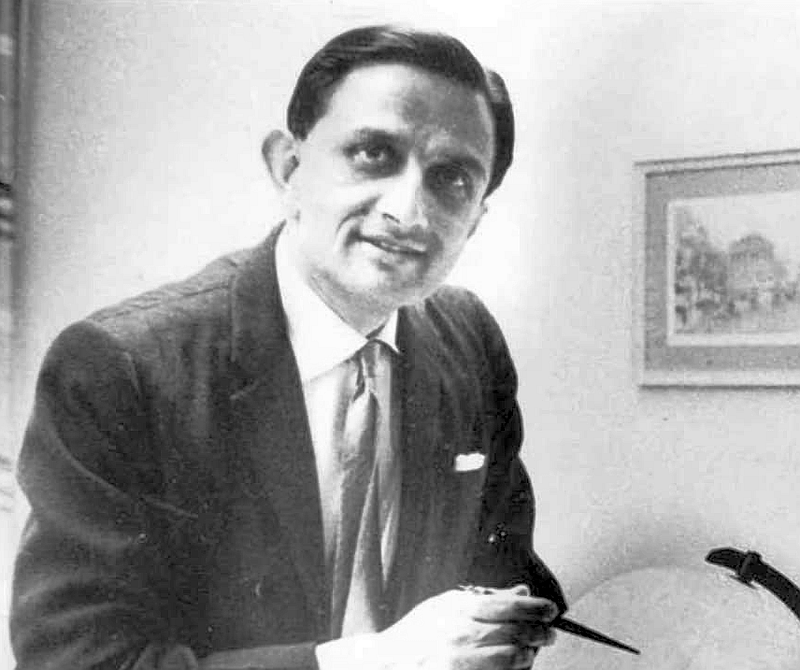
In addition to space research, Dr. Sarabhai founded numerous institutions, including:
- Physical Research Laboratory (PRL) in Ahmedabad: Started in 1947, this institution delves into advanced research in areas like space and atmospheric sciences.
- Indian Institute of Management (IIM) Ahmedabad: Recognizing the need for professional management studies, Sarabhai played a pivotal role in its foundation in 1961.
- Community Science Centre (CSC): For promoting science education among students.
Notable Accomplishments
Throughout his life, Dr. Sarabhai championed the use of space technology for peaceful purposes and national development. Under his leadership:
- Aryabhata, India’s first satellite, was developed and launched in 1975.
- He paved the way for satellite-based communication, remote sensing, and meteorological observations in India.
- Dr. Sarabhai was a proponent of using space technology to solve real-world problems, such as forecasting the weather, enhancing communications, and improving agricultural yields.
Vikram Ambalal Sarabhai’s untimely death in 1971 marked the end of a revolutionary era in Indian space research. His passion, vision, and commitment sowed the seeds for a space program that has achieved global recognition today.
In the words of Dr. APJ Abdul Kalam, a fellow scientist and later the President of India, “Dr. Sarabhai was a great institution builder.” Indeed, the legacy of this visionary continues to inspire generations.

Crater V.A. Sarabhai
Latitude: 24.742°
Longitude: 21.031°
Diameter: 7.237 km
Depth: ~1.7 km
Previous Designation: Bessel A
Location: Sea of Serenity, northeast of the crater Bessel
IAU Approval Date: 1973
Works Cited
- Arora, B.N. “Vikram Sarabhai: The Man and the Vision.” Current Science, vol. 98, no. 2, 2010, pp. 242-247.
- “Dr. Vikram Sarabhai.” ISRO, https://www.isro.gov.in/sarabhaiformer.html.
- Menon, M.G.K. “Vikram Sarabhai.” Resonance, vol. 5, no. 1, 2000, pp. 86-93.
